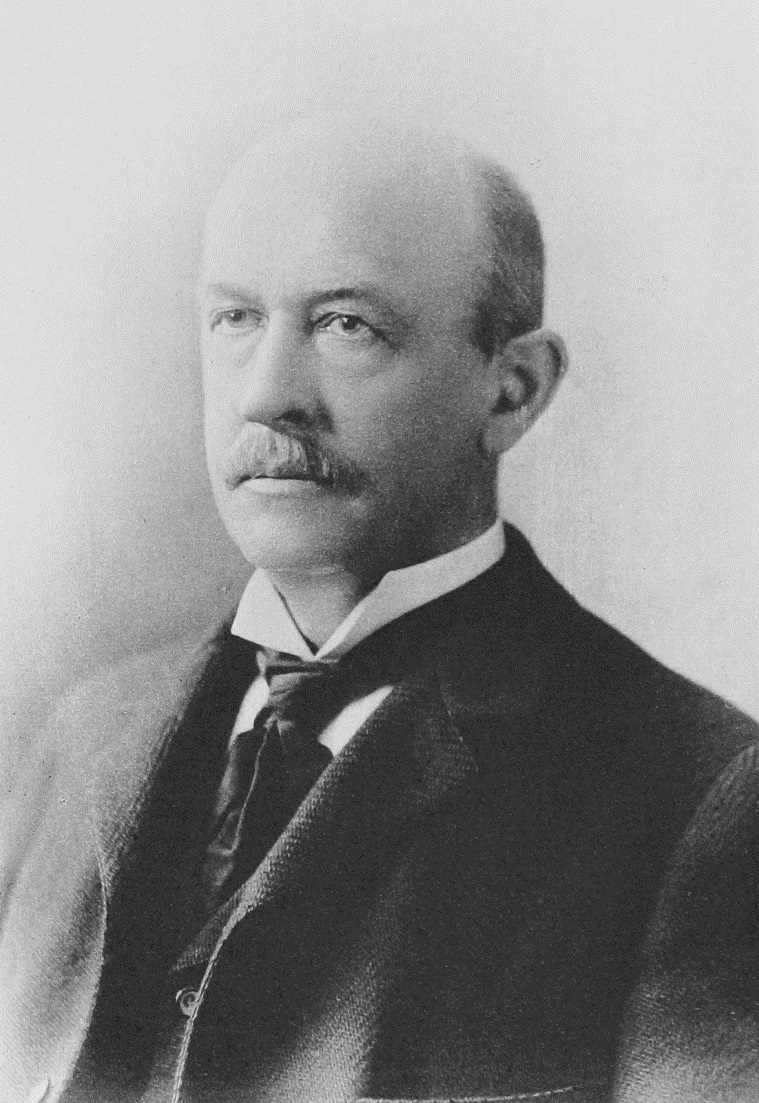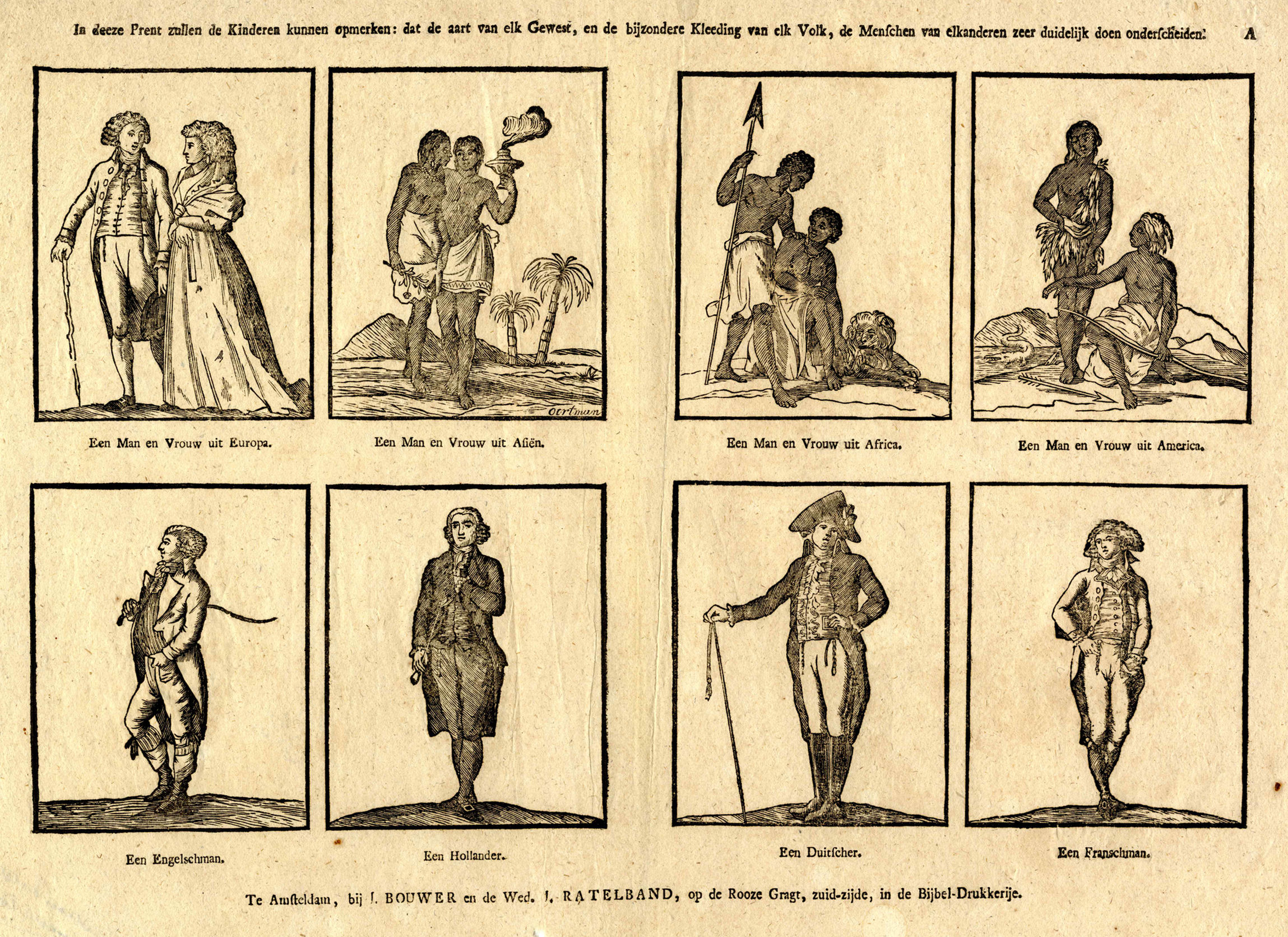|
Optimal Distinctiveness Theory
Optimal distinctiveness is a social psychological theory seeking to understand ingroup–outgroup differences. It asserts that individuals desire to attain an optimal balance of inclusion and distinctiveness ''within'' and ''between'' social groups and situations Brewer, M.B. (2003). "Optimal Distinctiveness, Social Identity, and the Self". In M. Leary and J. Tangney (Eds.), Handbook of Self and Identity. (pp 480–491) These two motives are in constant opposition with each other; when there is too much of one motive, the other must increase in order to counterbalance it and vice versa. Brewer, M.B. (1991). "The social self: On being the same and different at the same time". ''Personality and Social Psychology Bulletin'', 17, 475–482. The theory of optimal distinctiveness was first proposed by Dr. Marilynn B. Brewer in 1991 and extensively reviewed in 2010 by Drs. Geoffrey J. Leonardelli, Cynthia L. Pickett, and Marilynn Brewer. Tenets and mechanisms The origins of optimal ... [...More Info...] [...Related Items...] OR: [Wikipedia] [Google] [Baidu] |
Ingroup
In sociology and social psychology, an in-group is a social group to which a person psychologically identifies as being a member. By contrast, an out-group is a social group with which an individual does not identify. People may for example identify with their peer group, family, community, sports team, political party, gender, sexual orientation, religion, or nation. It has been found that the psychological membership of social groups and categories is associated with a wide variety of phenomena. The terminology was made popular by Henri Tajfel and colleagues beginning in the 1970s during his work in formulating social identity theory. The significance of in-group and out-group categorization was identified using a method called the minimal group paradigm. Tajfel and colleagues found that people can form self-preferencing in-groups within a matter of minutes and that such groups can form even on the basis of completely arbitrary and invented discriminatory characteristics, such ... [...More Info...] [...Related Items...] OR: [Wikipedia] [Google] [Baidu] |
Social Identity Theory
Social identity is the portion of an individual's self-concept derived from perceived membership in a relevant social group. As originally formulated by social psychologists Henri Tajfel and John Turner in the 1970s and the 1980s, social identity theory introduced the concept of a social identity as a way in which to explain intergroup behaviour. "Social identity theory explores the phenomenon of the 'ingroup' and 'outgroup', and is based on the view that identities are constituted through a process of difference defined in a relative or flexible way depends on the activities in which one engages" This theory is described as a theory that predicts certain intergroup behaviours on the basis of perceived group status differences, the perceived legitimacy and stability of those status differences, and the perceived ability to move from one group to another. This contrasts with occasions where the term "social identity theory" is used to refer to general theorizing about hum ... [...More Info...] [...Related Items...] OR: [Wikipedia] [Google] [Baidu] |
Values
In ethics and social sciences, value denotes the degree of importance of something or action, with the aim of determining which actions are best to do or what way is best to live (normative ethics in ethics), or to describe the significance of different actions. Value systems are prospective and prescriptive beliefs; they affect the ethical behavior of a person or are the basis of their intentional activities. Often primary values are strong and secondary values are suitable for changes. What makes an action valuable may in turn depend on the ethical values of the objects it increases, decreases, or alters. An object with "ethic value" may be termed an "ethic or philosophic good" (noun sense). Values can be defined as broad preferences concerning appropriate courses of actions or outcomes. As such, values reflect a person's sense of right and wrong or what "ought" to be. "Equal rights for all", "Excellence deserves admiration", and "People should be treated with respect and dignit ... [...More Info...] [...Related Items...] OR: [Wikipedia] [Google] [Baidu] |
Journal Of Intercultural Communication Research
''Journal of Intercultural Communication Research'' is a peer-reviewed academic journal covering qualitative and quantitative research that focuses on interrelationships between culture and communication. The journal is published by Routledge on behalf of the World Communication Association and the editor-in-chief An editor-in-chief (EIC), also known as lead editor or chief editor, is a publication's editorial leader who has final responsibility for its operations and policies. The highest-ranking editor of a publication may also be titled editor, managing ... is Stephen Croucher. Abstracting and indexing The journal is abstracted and indexed iCommunication and Mass Media Complete External links * {{Official website, 1=http://www.tandfonline.com/action/aboutThisJournal?journalCode=rjic20 World Communication Association Taylor & Francis academic journals English-language journals Communication journals Triannual journals Publications established in 1972 ... [...More Info...] [...Related Items...] OR: [Wikipedia] [Google] [Baidu] |
Self-esteem
Self-esteem is confidence in one's own worth or abilities. Self-esteem encompasses beliefs about oneself (for example, "I am loved", "I am worthy") as well as emotional states, such as triumph, despair, pride, and shame. Smith and Mackie (2007) defined it by saying "The self-concept is what we think about the self; self-esteem, is the positive or negative evaluations of the self, as in how we feel about it." Self-esteem is an attractive psychological construct because it predicts certain outcomes, such as academic achievement, happiness, satisfaction in marriage and relationships, and criminal behavior. Self-esteem can apply to a specific attribute or globally. Psychologists usually regard self-esteem as an enduring personality characteristic (''trait self-esteem''), though normal, short-term variations (''state self-esteem'') also exist. Synonyms or near-synonyms of self-esteem include: self-worth, self-regard, self-respect, and self-integrity. History The concept of self-est ... [...More Info...] [...Related Items...] OR: [Wikipedia] [Google] [Baidu] |
Prejudice
Prejudice can be an affect (psychology), affective feeling towards a person based on their perceived group membership. The word is often used to refer to a preconceived (usually unfavourable) evaluation or classification (other), classification of another person based on that person's perceived political affiliation, sex, gender, gender identity, beliefs, Value (personal and cultural), values, social class, Ageing, age, disability, religion, sexual orientation, sexuality, Race (human classification), race, ethnicity, language, nationality, culture, complexion, beauty, height, body weight, job, occupation, wealth, education, criminality, Fan loyalty, sport-team affiliation, Psychology of music preference, music tastes or other personal characteristics. The word "prejudice" can also refer to unfounded or pigeonholed beliefs and it may apply to "any unreasonable attitude that is unusually resistant to rational influence". Gordon Allport defined prejudice as a "feeling, favo ... [...More Info...] [...Related Items...] OR: [Wikipedia] [Google] [Baidu] |
Stereotype
In social psychology, a stereotype is a generalized belief about a particular category of people. It is an expectation that people might have about every person of a particular group. The type of expectation can vary; it can be, for example, an expectation about the group's personality, preferences, appearance or ability. Stereotypes are sometimes overgeneralized, inaccurate, and resistant to new information, but can sometimes be accurate. While such generalizations about groups of people may be useful when making quick decisions, they may be erroneous when applied to particular individuals and are among the reasons for prejudicial attitudes. Explicit stereotypes An explicit stereotype refers to stereotypes that one is aware that one holds, and is aware that one is using to judge people. If person ''A ''is making judgments about a ''particular'' person ''B'' from a group ''G'', and person ''A'' has an explicit stereotype for group ''G'', their decision bias can be partia ... [...More Info...] [...Related Items...] OR: [Wikipedia] [Google] [Baidu] |
Self-stereotyping
Within social psychology self-stereotyping (or autostereotyping) is a process described as part of social identity theory (SIT) and, more specifically, self-categorization theory (SCT). Self-stereotyping occurs when an individual integrates commonly held characterizations (i.e. stereotypes or prototypes) of an in-group into their self-concept. According to SIT, group membership is most likely to influence self-concept and self-esteem when the cognitive processes of identification and categorization interact. In other words, when an individual identifies strongly with a group and categorizes him or herself as a member of that group, group membership becomes integrated into the person’s identity. Description Self-stereotyping has also been characterized as an ''overlap'' between how a person represents their ingroup and how they represent the self. Prior to self-stereotyping, one experiences depersonalization, the process of shedding one's unique identity to merge it wit ... [...More Info...] [...Related Items...] OR: [Wikipedia] [Google] [Baidu] |
Belongingness
Belongingness is the human emotional need to be an accepted member of a group. Whether it is family, friends, co-workers, a religion, or something else, some people tend to have an 'inherent' desire to belong and be an important part of something greater than themselves. This implies a relationship that is greater than simple acquaintance or familiarity. Belonging is a strong feeling that exists in human nature. To belong or not to belong is a subjective experience that can be influenced by a number of factors within ourselves and our surrounding environment. Roy Baumeister and Mark Leary argue that belongingness is such a fundamental human motivation that we feel severe consequences for not belonging. Were it not so fundamental then lacking a sense of belonging would not have such dire consequences for us. This desire is so universal that the need to belong is found across all cultures and different types of people. Active listening can help create the feeling of belonging. ... [...More Info...] [...Related Items...] OR: [Wikipedia] [Google] [Baidu] |
Henri Tajfel
Henri Tajfel (born Hersz Mordche; 22 June 1919 – 3 May 1982) was a Polish social psychologist, best known for his pioneering work on the cognitive aspects of prejudice and social identity theory, as well as being one of the founders of the European Association of Experimental Social Psychology. Biography Early life in Poland Tajfel grew up in Poland. Because of Polish ''numerus clausus'' restrictions on Jews in university education , he left Poland to study chemistry at the Sorbonne in France. At the outbreak of World War II, he volunteered to serve in the French army. A year later, he was taken prisoner-of-war by the Germans. He faced a dilemma: whether or not to admit to the Germans that he was a Polish Jew. He claimed to be a French citizen but did not deny his Jewish identity. He reasoned that if he denied being Jewish and if the Germans found out later that he was Jewish, he would certainly have been killed. In the event, Tajfel survived the war in a series of pri ... [...More Info...] [...Related Items...] OR: [Wikipedia] [Google] [Baidu] |
Journal Of Personality And Social Psychology
The ''Journal of Personality and Social Psychology'' is a monthly peer-reviewed scientific journal published by the American Psychological Association that was established in 1965. It covers the fields of social and personality psychology. The editors-in-chief are Shinobu Kitayama (University of Michigan; ''Attitudes and Social Cognition Section''), Colin Wayne Leach (Barnard College; ''Interpersonal Relations and Group Processes Section''), and Richard E. Lucas (Michigan State University; ''Personality Processes and Individual Differences Section''). The journal has implemented the Transparency and Openness Promotion (TOP) Guidelines. The TOP Guidelines provide structure to research planning and reporting and aim to make research more transparent, accessible, and reproducible. Contents The journal's focus is on empirical research reports; however, specialized theoretical, methodological, and review papers are also published. For example, the journal's most highly cited pape ... [...More Info...] [...Related Items...] OR: [Wikipedia] [Google] [Baidu] |






